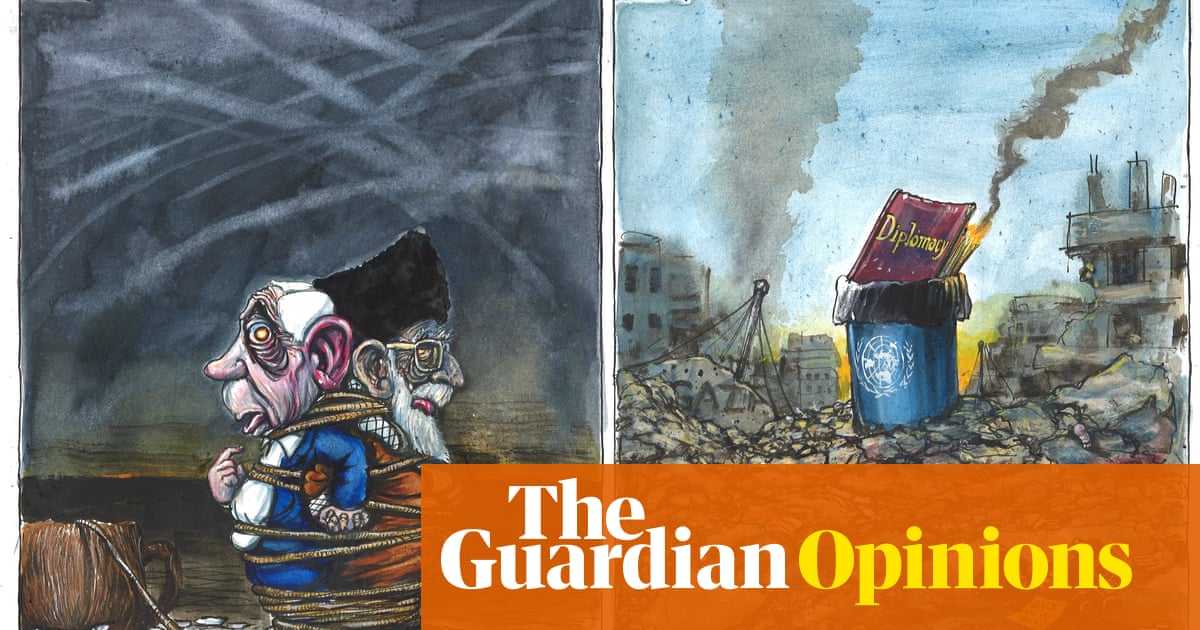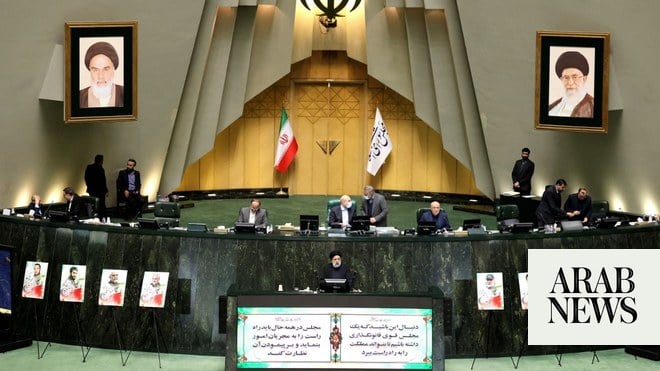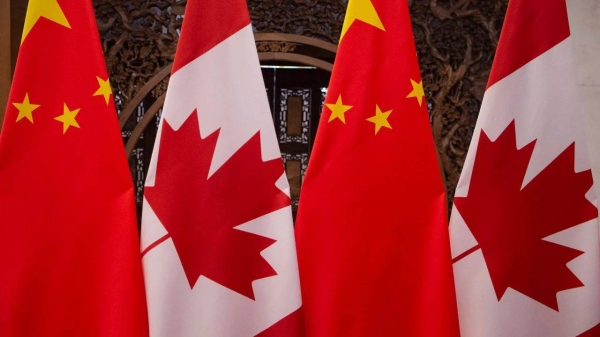
On Sunday, the US President Donald Trump unleashed his wrath via Twitter on the slow progress of the US–China trade negotiations. He threatened to hike a 10 percent tariff on $200 billion worth of Chinese goods to 25 percent as early as Friday, and even said another $325 billion of imports could be hit by a tax at a later stage.
Trump’s outpouring of anger followed optimistic statements by US Trade Representative Robert Lighthizer and Treasury Secretary Steven Mnuchin that a compromise could be reached. Vice President Mike Pence voiced similar views in a CNBC broadcast at the end of last week.
Soon after the world’s “tweeter in chief” reached for the keyboard, markets reacted. Kong Hong’s Hang Seng index on Monday closed down by 2.9 percent, while the Shanghai Composite Index tumbled by 5.6 percent. That is despite better-than-expected macroeconomic data last week.
Beijing is apparently now re-evaluating whether it should send a 100-person delegation to Washington, which was supposed to iron out the last differences between the parties.
The oscillations on the stock markets that followed Trump’s tweets matter to big and small investors, and certainly the Arabian Gulf’s sovereign wealth funds, which are heavily invested in Asia. But there is more at stake than investors’ concerns.Trump’s China strategy has several supporters in big business, such as Goldman Sachs Chief Executive David M. Solomon, due to concerns about strategic imbalances between the countries. They worry about the lack of foreign investors’ rights in China and the concessions made to state-owned enterprises. These supporters want a level playing field for foreign investors in China.
There is also a battle as to who controls the technology of the future. Many manufacturers and technology companies feel uneasy about the “Made in China 2025” strategy, which aims to upgrade Chinese industry by focusing on higher value products and services. Under this strategy the Middle Kingdom also aspires to become the world’s leader in the “Economy 4.0” — which focuses on areas like robotics and artificial intelligence — by 2025.
The US and European concerns go beyond who leads on innovation. Some worry about the alleged strong connection between Chinese technology companies and the state apparatus, bringing security concerns to the forefront. The arrest in Canada of Meng Wanzhou, Huawei’s chief financial officer and daughter of founder Ren Zhengfei, and the discussions around the UK government awarding some parts of the 5G infrastructure buildout to the Chinese company have to be seen in that context.
These structural concerns about China were simmering under previous US administrations — and it was only a matter of time before they rose to the fore. Yet what is unfortunate about Trump’s tweets is that they reduce relations between the world’s two largest economies to tit-for-tat acrimony — which benefits no one.
Higher tariffs will not just hurt the Chinese economy. They will also have ramifications for the US, because the two economies are so interconnected. Germany’s automotive sector will be hit, especially BMW and Mercedes. The supply chain of China’s manufacturers, stretching from Europe to South East Asia, will be affected too. The ripple effects will be felt in equity markets across the globe, which is also of concern to Middle Eastern investors. The national energy companies of the Arabian Gulf need to fasten their seat belts, because less trade means less demand for oil, which is the premier transportation fuel.
It was probably unavoidable that the US would address structural issues with China at some stage. Like in tennis, though, it is important in such trade negotiations to “watch the ball” — that is, not lose sight of the main objectives. Turning what are supposed to be strategic negotiations into tactical ones based purely on tariffs may well produce a vicious circle, from which nobody stands to gain.












